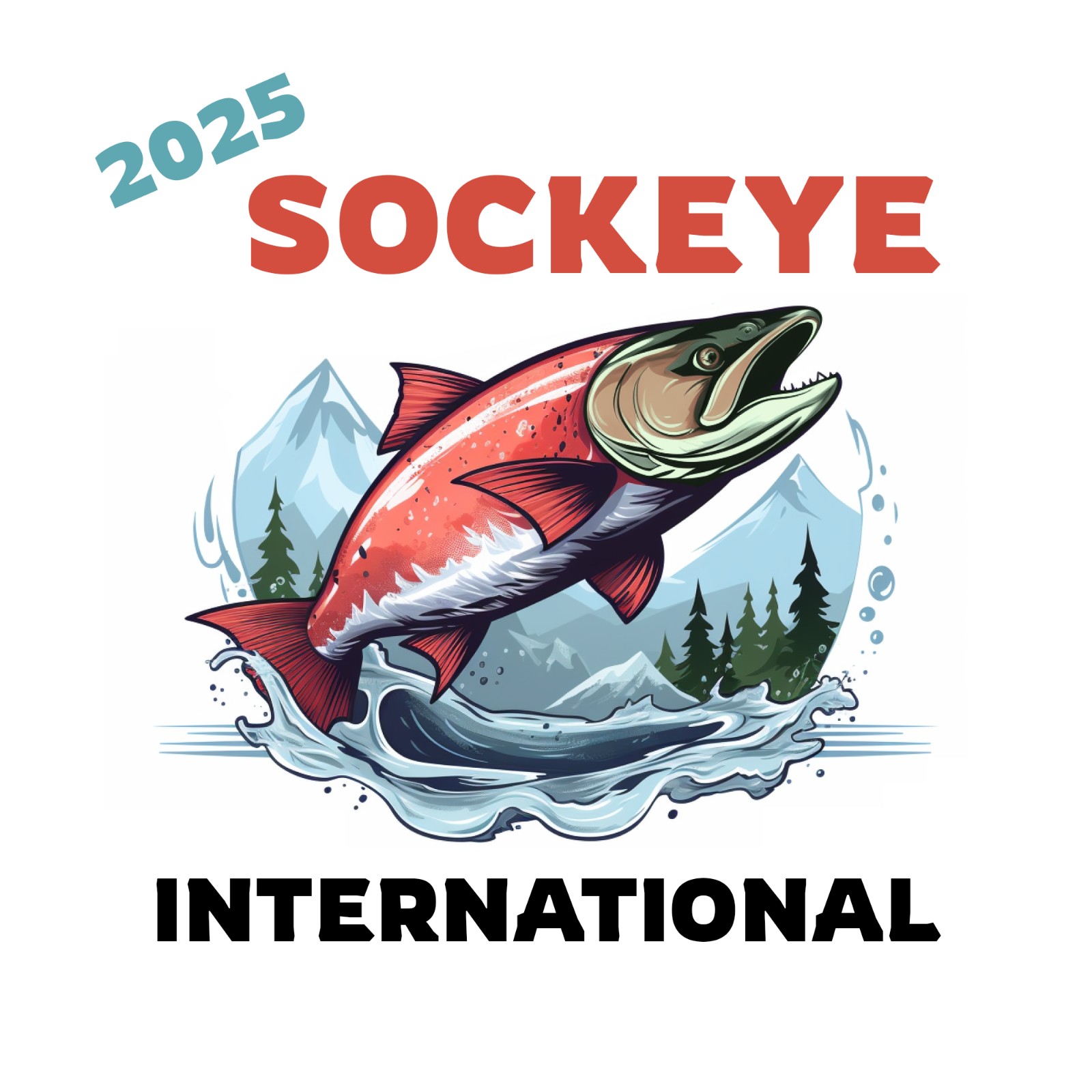Sea Mist
Predictions
Ugashik River's Sockeye run
2,419,158
Quesnel's Sockeye run
43,150
Kvichak River's Sockeye run
6,761,611
Stellako's Sockeye run
147,941
Egegik River's Sockeye run
6,290,542
Raft River's Sockeye run
18,963
Igushik River's Sockeye run
836,770
Naknek River's Sockeye run
4,599,868
Wood River's Sockeye run
5,512,501
Chilko River's Sockeye run
734,729
All of Columbia River's Sockeye run
199,172
Nushagak River's Sockeye run
2,214,898
Alagnak River's Sockeye run
2,049,942
Stuart River's Late Sockeye run
90,401 Prediction method
Submitted on Jun 26, 2025
CMISST (pronounced sea mist)
Abstract
Covariance Map Index of Sea Surface Temperature (CMISST) creates a map of covariance values between spatially explicit SST and the response variable of interest. This map can be thought of as the optimal distribution of SST anomalies. It then creates an index of how similar the spatial distribution of SST anomalies during any given period (year) is to that covariance map (using simple regression). This index can be used as a covariate in a forecasting model. Here, I’ve used simple linear regression to model sockeye returns. A manuscript with much more detail is in review.
Prediction Model
Submitted on Jun 28, 2025
Description
This method is to develop a covariate, not to create or modify forecasting methods. Although the generated covariate (the CMISST index) can be used in any forecasting model, I used simple linear regression of logged return data to keep it simple. I also did not account for the clear cohort structure in Fraser River stocks (looks like there is a spike in abundance every 4 or so years - I just modeled them as one continuous time series).

